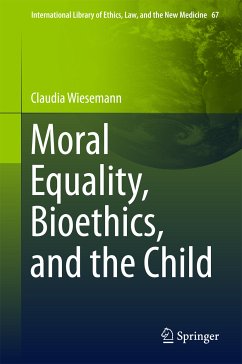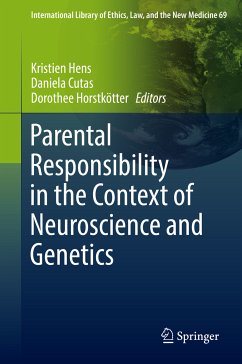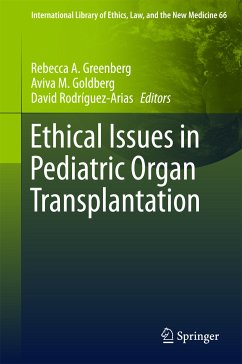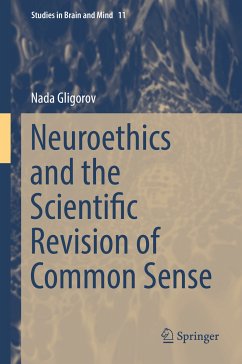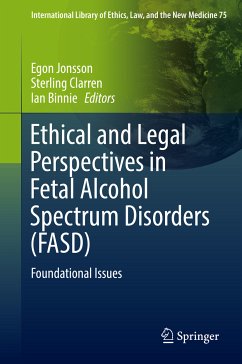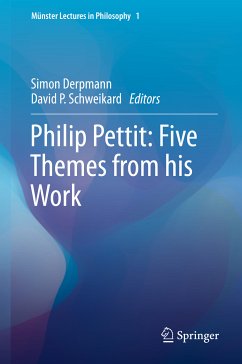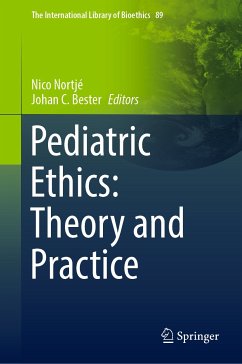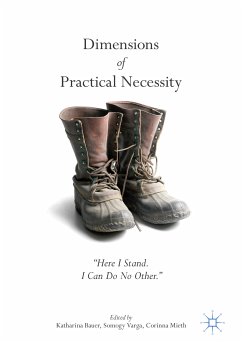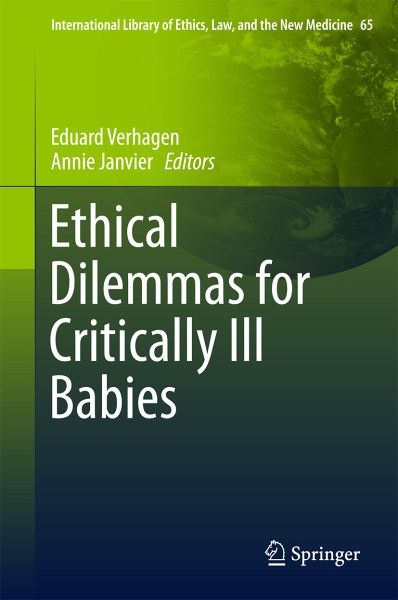
Ethical Dilemmas for Critically Ill Babies (eBook, PDF)
Versandkostenfrei!
Sofort per Download lieferbar
88,95 €
inkl. MwSt.
Weitere Ausgaben:

PAYBACK Punkte
44 °P sammeln!
Most neonates who now survive intensive care would have died 50 years ago, and "nature" would have decided the outcomes, making ethical discussions about initiating or withholding resuscitation irrelevant. Medical developments in neonatology have changed the way we respond to diseases of neonates, to their illness, and to their parents. Not only as physicians, but also as a society.Decisions on when to start, withhold, or withdraw life-saving interventions in critically ill neonates are among the most difficult decisions in pediatric practice. These decisions are fraught with ethical dilemmas,...
Most neonates who now survive intensive care would have died 50 years ago, and "nature" would have decided the outcomes, making ethical discussions about initiating or withholding resuscitation irrelevant. Medical developments in neonatology have changed the way we respond to diseases of neonates, to their illness, and to their parents. Not only as physicians, but also as a society.
Decisions on when to start, withhold, or withdraw life-saving interventions in critically ill neonates are among the most difficult decisions in pediatric practice. These decisions are fraught with ethical dilemmas, for example deciding whether withholding intensive care -leading to death- is superior to uncertain survival with a risk of disability and the additional burden of intensive care. This book covers important ethical questions that arise in neonatal intensive care units. Questions such as, whether to intervene medically and whether we are good at predicting the outcome of fragile neonates; whether a medical intervention should be withheld or withdrawn, and who should be primarily responsible for these decisions and how?
Decisions on when to start, withhold, or withdraw life-saving interventions in critically ill neonates are among the most difficult decisions in pediatric practice. These decisions are fraught with ethical dilemmas, for example deciding whether withholding intensive care -leading to death- is superior to uncertain survival with a risk of disability and the additional burden of intensive care. This book covers important ethical questions that arise in neonatal intensive care units. Questions such as, whether to intervene medically and whether we are good at predicting the outcome of fragile neonates; whether a medical intervention should be withheld or withdrawn, and who should be primarily responsible for these decisions and how?
Dieser Download kann aus rechtlichen Gründen nur mit Rechnungsadresse in A, B, BG, CY, CZ, D, DK, EW, E, FIN, F, GR, HR, H, IRL, I, LT, L, LR, M, NL, PL, P, R, S, SLO, SK ausgeliefert werden.



